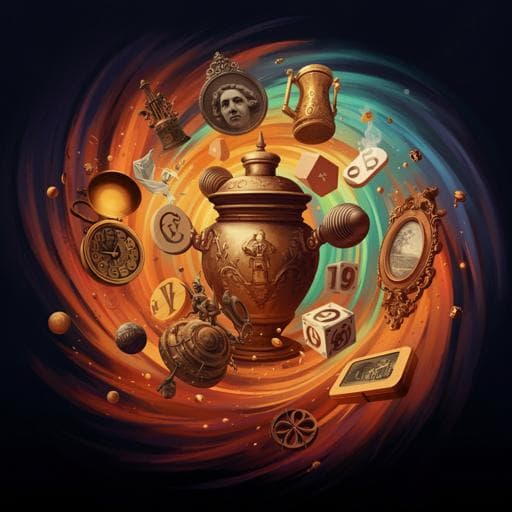
Education
The effects of a gamified project based on historical thinking on the academic performance of primary school children
M. Martínez-hita, C. J. Gómez-carrasco, et al.
This research by María Martínez-Hita, Cosme Jesús Gómez-Carrasco, and Pedro Miralles-Martínez explores the exciting potential of gamification in enhancing history learning for primary school children. The findings reveal significant improvements for students engaged in a gamified approach compared to traditional methods, paving the way for innovative educational strategies.
~3 min • Beginner • English
Related Publications
Explore these studies to deepen your understanding of the subject.







